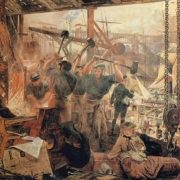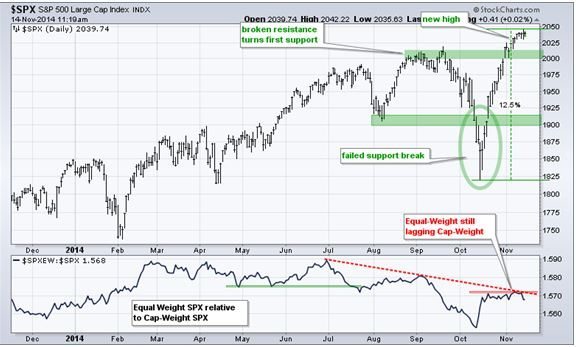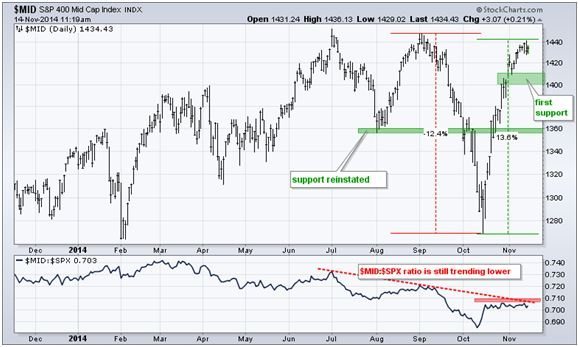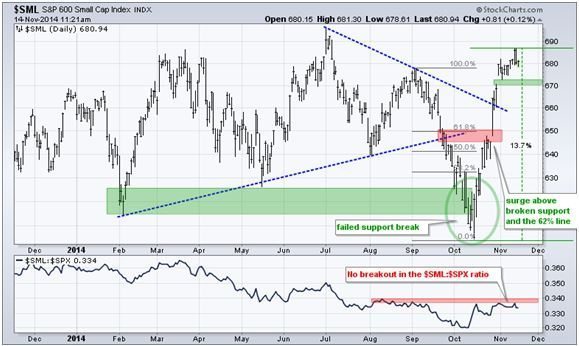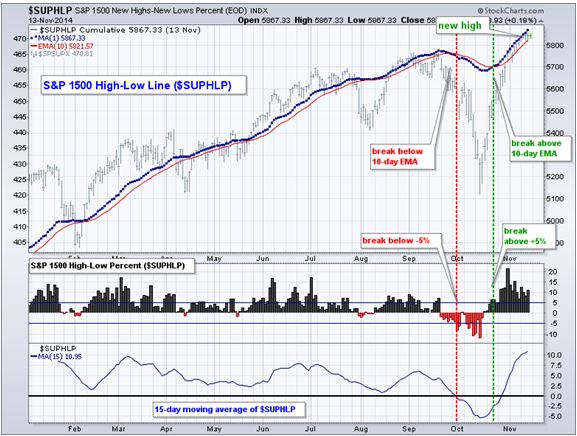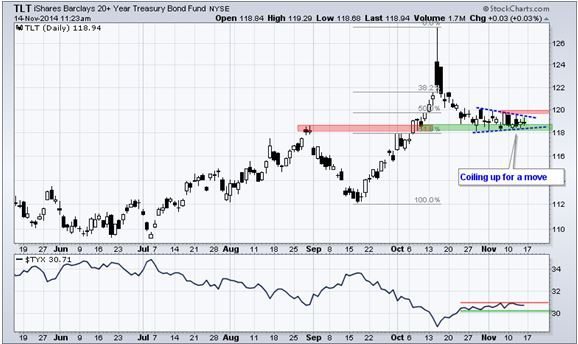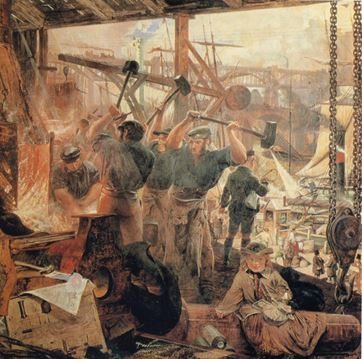Bull Market 2.0
By now, the reasons behind this year?s bear market are pretty well known. Even my cleaning lady, Cecelia, can site them chapter and verse.
Quantitative easing went global. Inflation fell, with the prices of almost all business input costs, like commodities, energy, interest rates, collapsing. Labor costs remained muted, so corporate profits rocketed.
Voila! Stocks rose, probably by 17% in the S&P 500 by the end of 2014, and 19% with dividends. Not bad for the fifth year of a bull market.
So is this it? Should we now be taking profits in a topping market and running for the hills to avoid a rollover in 2015?
Is it game over?
Let us think again. We need a new set of reasons to keep this bull alive. The good news is that if we delve down to our inner most thoughts, those reasons are out there. What we are really looking for is a bull market 2.0.
It goes something like this. The rally in bonds almost certainly ended on October 15. It is now ?Sell the rallies? for the next 20 years. The mere fact that they are no longer going up will scare away momentum based investors and ignite some institutional selling in the New Year asset reallocations.
Given the gargantuan size of the global bond market, some $100 trillion, this development is potentially more important for stock prices than five years of QE from the Federal Reserve.
That Herculean effort created $4.5 trillion in new cash. Moving 10% out of bonds into stocks and other risk assets would generate double that amount of firepower, or some $10 trillion.
Mind you, bond prices aren?t going to collapse. They will engage in long, tedious range trading, with an eventual slow grind down. Continued disinflation assures that. Bond traders will die from boredom, and not a heart attack. This is a key element of the bull case for stocks.
In other words, you ain?t seen nothing yet, baby!
It gets better.
After the first industrial revolution started during the 1820?s, when we saw the transition to modern manufacturing processes that started with textiles, we witnessed a century of rising profits, falling inflation, and booming stock markets, subject to the occasional 50% correction (there was no Fed then).
Sound familiar?
The really interesting thing now is that we are seeing at least five, if not more, new industrial revolutions get underway, which are collapsing business costs at a prodigious rate.
Count the transition from silicon to DNA based computing, biotechnology, health care, alternative energy sources, and transportation. These are all century long trends which are only just getting started.
This is happening against a backdrop of perennially low interest rates and energy costs. Companies can?t help but make more money, and by implication, share prices can?t help but go higher. Think of Goldilocks on steroids.
This leads to self-sustaining economic growth that keeps the major indexes appreciating for years. The Fed understands this, which is why their gentle exit from quantitative easing in recent months had absolutely no effect on asset prices. If anything, it accelerated their upturn.
So how much juice can we count on for next year? Add 10% to company profits, maintain a 2% dividend rate, and that gets us up 12%. Use 2,100 as a launching pad, and that gets us up to 2,350 by the end of 2015.
When did investors realize that an industrial revolution started in the 1820?s? Oh, sometime in the 1850?s. Similarly, investors today may not understand how rosy the current investment environment is for another couple of decades. Then they?ll be kicking themselves for not loading the boat with shares now.
Just thought you?d like to know.

